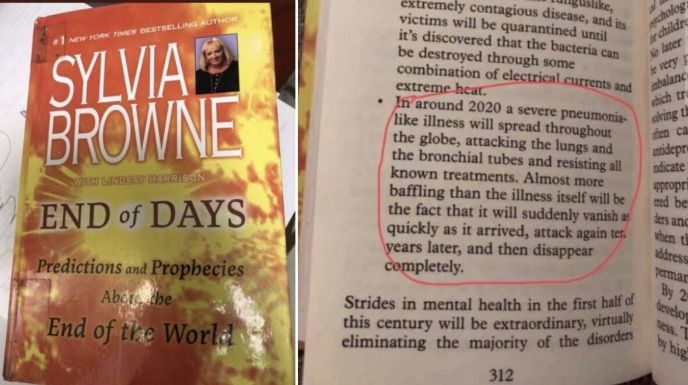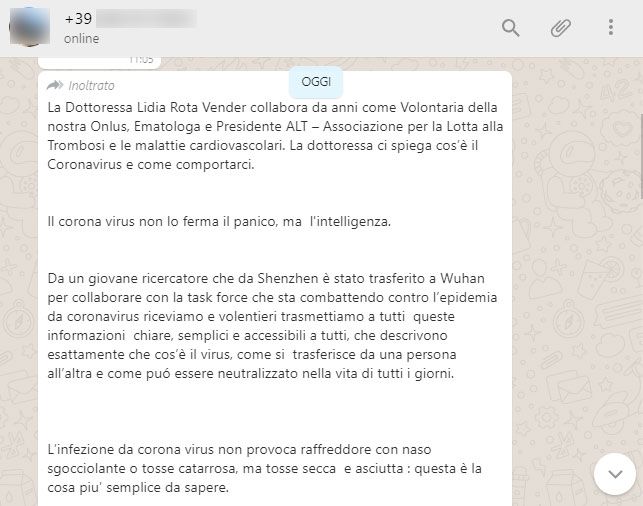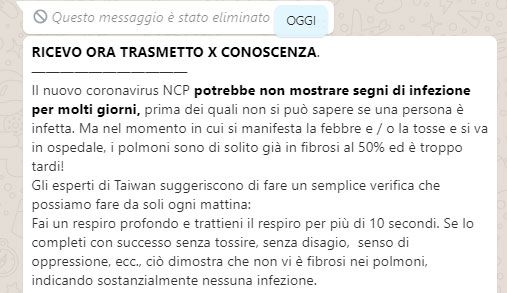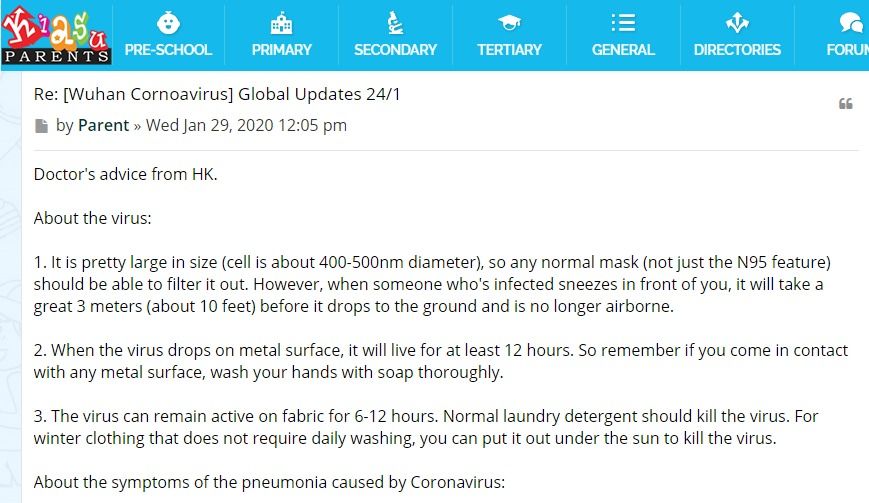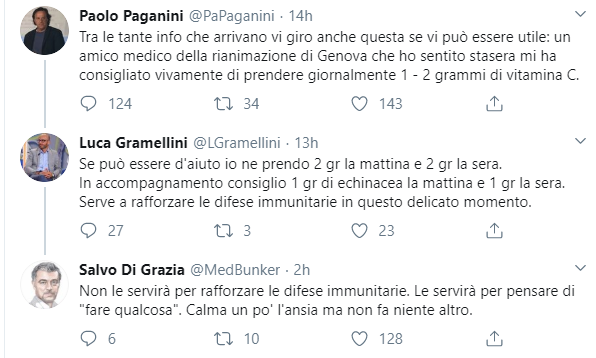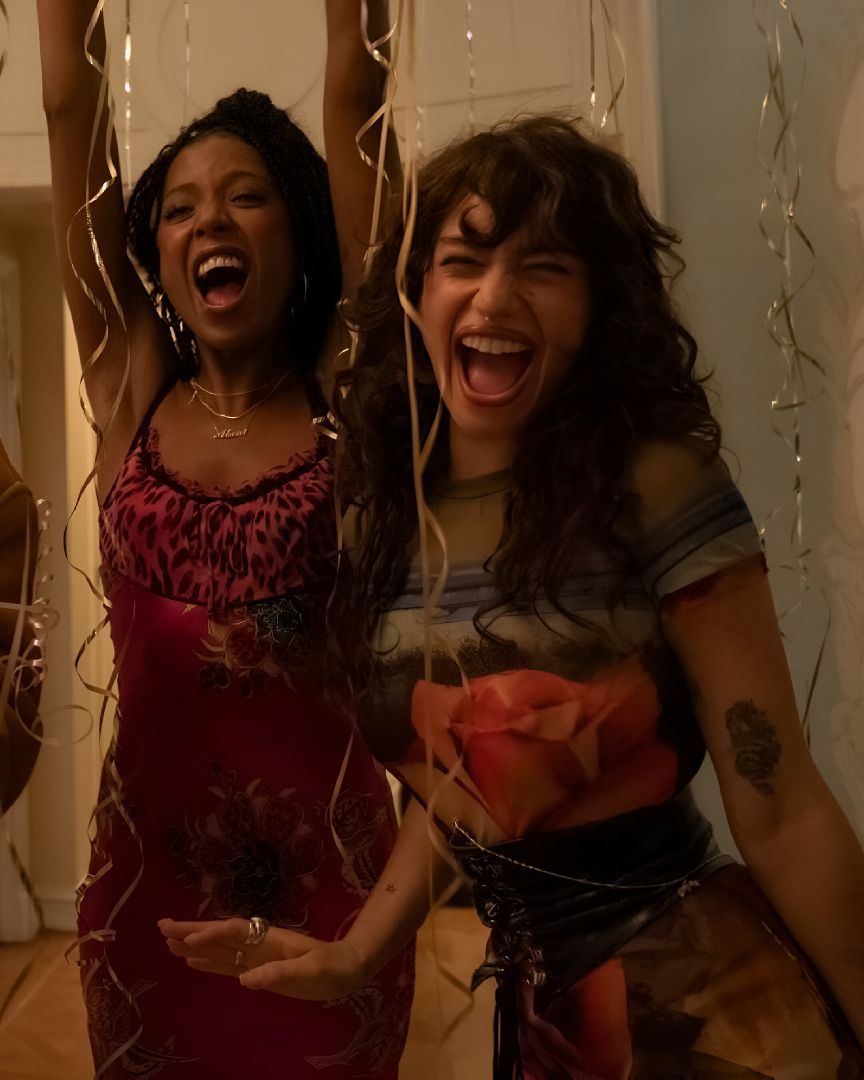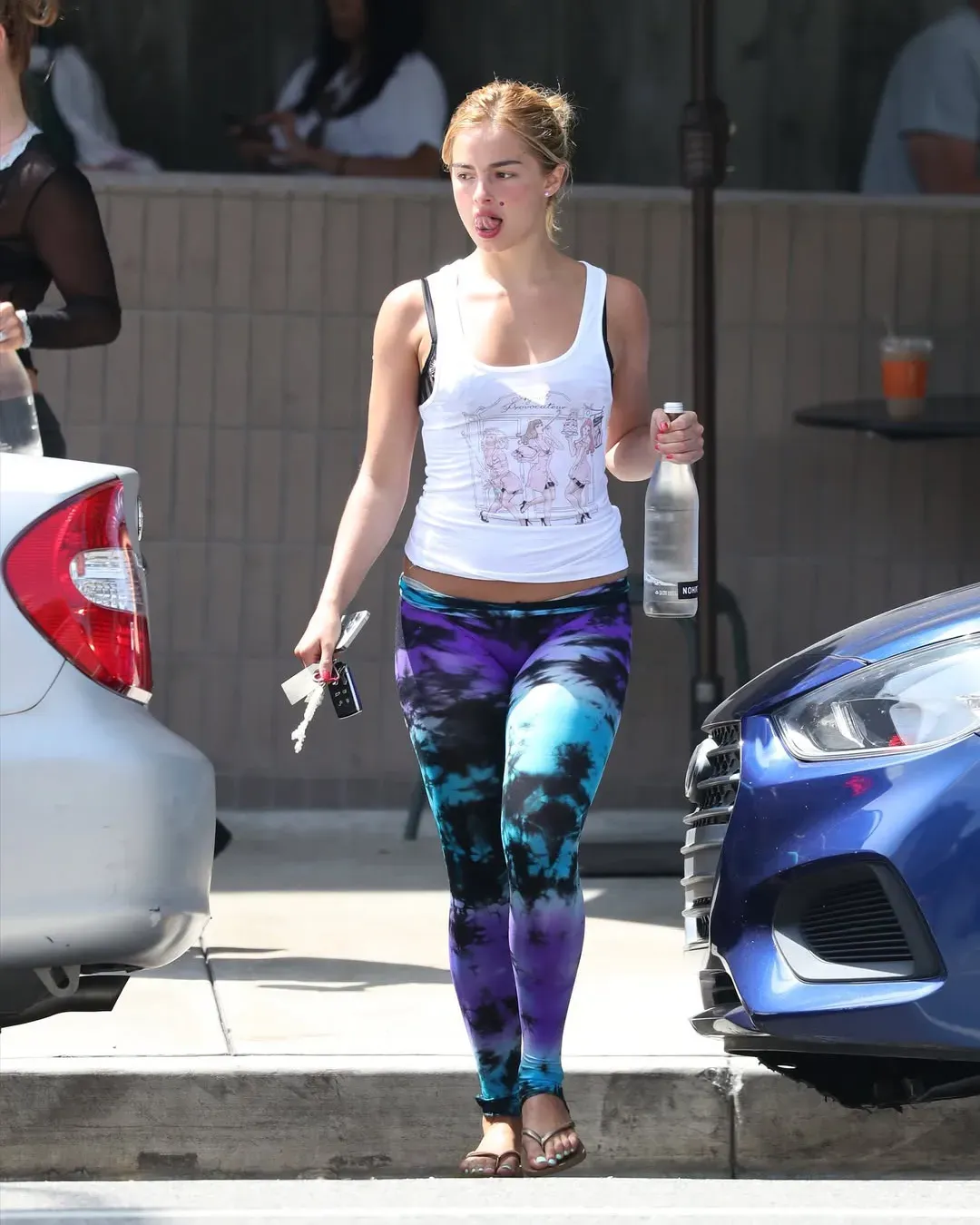
How TikTok is reacting to coronavirus Quarantine is at the beginning and we already have a viral dance
Since the coronavirus arrived, the world has stopped. From fashion shows to music festivals, from shops to trade fairs to even the strikes organized by Greta Thunberg, the only thing the world can do is stay at home and compulsively wash your hands. Fortunately, social media can alleviate the state of collective isolation, and it only took a few weeks for the largest online viral content factory that exists today, TikTok, to find a response to the quarantine: humor. While Facebook, WhatsApp and Twitter have become fake news factories, on TikTok and, in part, on Instagram, the collective discourse on the current health emergency has taken on more constructive tones.
The most noteworthy phenomenon is surely the #HandWashingMove challenge, which currently has over 80 million views. The challenge was invented in Vietnam and was born from the collaboration of Khac Hun and Quang Dang (who invented words and choreography respectively) with the Vietnamese national health authorities. Beyond the virality achieved by dance, it is remarkable how a national institution belonging to a state government has found a synergy with a local entertainer like Quang Dang also obtaining the endorsement of UNICEF. It's a clear signal of how institutional communication can be transmitted to young people and made viral without losing anything of their social usefulness. Something similar, but without the social appeal of a viral challenge, also did the World Health Organisation which used its TikTok platform to share informational content about the virus and fight the spread of fake news. The best of all, however, is Gloria Gaynor, who posted a video on TikTok that portrays her washing her hands and singing the chorus of her hit "I will survive".
If there is another trend that emerges from a research on the hashtag #coronavirus on TikTok (hashtag that has a total of 5 and a half billion collective views, as The Guardian reports) is how Gen Z members deal with fear with irony, sharing both memes and derogatory humorous footage that, rather than the coronavirus itself, target the most extreme and paranoid attitudes of the public, such as storming supermarkets or buying absurd amounts of toilet paper. Even in Italy, social media has become a vehicle for humor that serves to vent the hardships of quarantine: videos of people clapping and singing overlooking balconies and windows have already gone viral, and the almost entirety of Instagram users have shared screenshots of group video calls with their friends locked in their respective homes. Social profiles dedicated to quarantine have also appeared, such as @subwayhands and @quarantena_fashionweek that, although following two completely different lines, document the mood between the ironic and the anxious of social users around the world.
Unfortunately, social media can also be a hotbed of fake news, definitely the most dangerous when to spread it believing them to be true are celebrities or influencers. Last week, the alleged document of a non-existent researcher in Shenzhen circulated false information about how the coronavirus does not withstand heat and how it would be enough to drink water every 15 minutes. to ward off contagion. Another fake news broadcast via WhatsApp audio says to keep the shoes out of the house because the coronavirus would attach to the asphalt and, from there, to the soles of the shoes that would end up bringing the contagion into the homes. In these cases it is always worth remembering the saying "If it's too good to be true, then it probably is".










































